Global
Copyright@ Australian Catholic University 1998-2025 | ABN 15 050 192 660 CRICOS registered provider: 00004G | PRV12008
Copyright@ Australian Catholic University 1998-2025 | ABN 15 050 192 660 CRICOS registered provider: 00004G | PRV12008
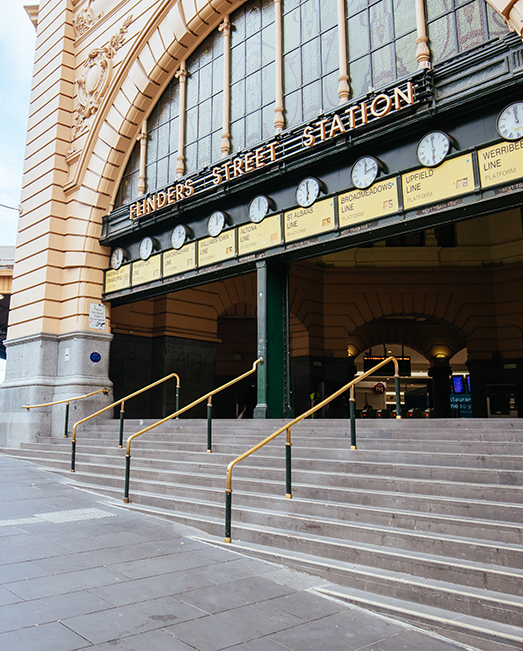
While bunkered down in his Barcelona apartment, in the depths of the coronavirus shutdown, Professor Mark Nieuwenhuijsen started noticing something different.
“The traffic noise was gone, and in its place, you could hear the birds singing … lots of them, and it really makes a difference, you know?”
Like most of the world’s cities, Barcelona is normally a soundscape of car horns, engine noise, human voices and industrial activity. But when the strict stay-at-home measures came into force, the city streets fell quiet, leaving the birds — and other animals — to fill the silence.
People noticed this in other cities, too. Sydney had become “a city that looks dead but sounds alive, with birds chirping and the wind blowing”.
A half a world away in Bangalore, journalist Raghu Karnad described the surreal sound of nature in India’s biggest tech hub.
“I could never have imagined it possible, in an Indian city, to wake up not to the sounds of traffic but to the sovereignty of bulbuls and mynahs over the morning air.”
The constant din that is characteristic of our cities is not only an environmental nuisance, it’s also a threat to our health, linked to ailments like poor sleep, hearing loss, stress and even heart disease.
But for Nieuwenhuijsen, a professorial fellow at the MacKillop Institute for Health Research and one of the world’s leading environmental epidemiologists, the return of birdsong to our urban centres held a more symbolic message.
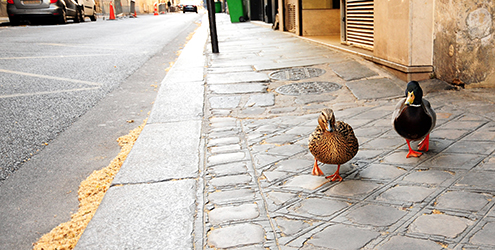
“When you start to hear nature come back to the city, it allows you to reimagine what a city can be,” he says.
“It makes you realise that cities don’t have to be noisy and full of cars, these things that we know have a negative effect on our health.
“We can make our cities more liveable and more attractive to both humans and nature, and we need to make sure we sustain some of these things in the long run.”
A few weeks into the lockdown long haul, our urban centres also began to see more visible changes.
We saw crystal-clear cityscapes in places that are usually plagued with air pollution, and postcard-worthy snaps of snow-capped Himalayan peaks, seen from northern Indian cities for the first time in decades.
In China, air pollution monitors showed plunging rates of nitrogen dioxide, a noxious gas emitted by motor vehicles, power plants and industrial facilities.
At the time, Professor Nieuwenhuijsen predicted the pollution reductions “may have prevented more than 9,000 premature deaths [in China], a figure higher than the number of deaths caused by the virus”.
“We felt this was a good development to come from the lockdown there, because millions of people die in China due to air pollution,” says Nieuwenhuijsen, who heads up the Air Pollution and Urban Environment Program at Barcelona’s Institute for Global Health.
Even in Australia, which ordinarily has some of the world’s cleanest air, satellite data showed that some — but not all — of our cities experienced improved air quality.
However, these positive effects on the world’s urban environments came on the back of a global health crisis.
“We began to see that the virus itself was a lot more deadly than was first envisaged, and it was taking a lot of lives in places like Italy and Spain, where air pollution levels are a lot lower than they are in China,” Professor Nieuwenhuijsen says.
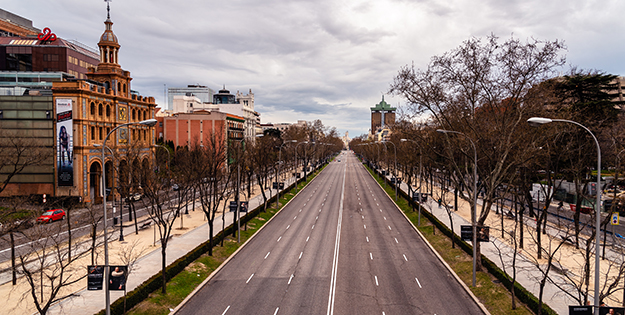
“It’s likely that in those places, in the end, the virus will take more lives than the number saved through improved air quality. So while we welcomed the reduction in air pollution and all the other benefits, we also realised they were coming at a time when people around the world were experiencing great distress.”
It’s also important to note that the environmental benefits of the pandemic — better air and water quality, less noise pollution and reduced carbon emissions — will likely be temporary.
But on the plus side, these rapid changes exhibited just how quickly we can improve our urban environments when we burn less fossil fuel.
“It’s a bit of a shame that it took a pandemic to open our eyes to what is possible, but maybe if we can learn from it, it will be worth it in the end,” Nieuwenhuijsen says.
“This global crisis has put public health at the very centre of policy-making, and showed that when radical action is taken, it is possible to make positive change, and it is possible to save many lives.
“The question is, can we apply this logic to the other major problems we are facing today, such as air pollution, traffic accidents and the climate crisis, which together cause millions of premature deaths every year? Can we place prevention rather than treatment at the centre of our approaches?”
Long before the arrival of COVID-19, many cities had begun carving alternative and sustainable pathways to the future.
Cities like Hamburg, which plans to go car-free by 2034, or Copenhagen, which invests in projects that put people and nature at the centre of the city.
The hope is that the pandemic will accelerate this progress. However, like many other experts, Professor Nieuwenhuijsen fears that — rather than taking heed of the lessons it offers us — polluters and policymakers will return to normal once the crisis is over.
As he declares in his latest study, published while most of the world was still in lockdown, many cities “lack a vision of what a sustainable, liveable and healthy city is”.
“There is no cookbook out there on what are the ingredients of such a city and how to prepare it,” Nieuwenhuijsen writes in Environment International.
In other words, what works for one city won’t necessarily work for another. How could you possibly go car-free in sprawling cities like Melbourne and Sydney, which are so reliant on automobiles?
“It’s very hard, because cars are such a popular form of transport in Australian cities, and the distances are much larger than they are in Europe,” says Nieuwenhuijsen, who previously set out a seven-point plan on how Melbourne could improve its green credentials.
“On the other hand, you have to start somewhere, and from my experience, even in inner Melbourne and Sydney, where cycling is a viable transport option, you simply don’t see enough safe cycling infrastructure, and this is super important for cyclists.”
Positive signs have emerged that the pandemic will prompt urban planners to forge a new way forward.
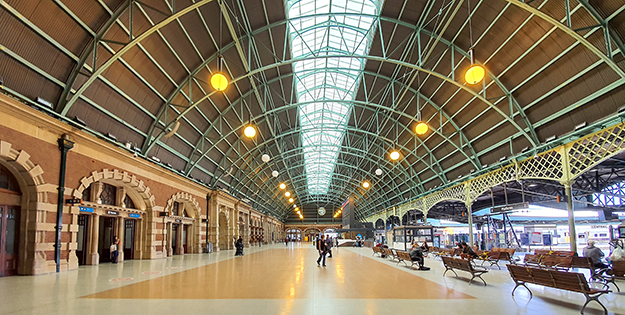
In NSW, the Planning Minister Rob Stokes says the government is investigating the establishment of more open public spaces, including segregated cycleways, wider footpaths and parks.
Meanwhile, in Milan, described by some as the “epicentre” of coronavirus, local authorities announced an ambitious plan to devote 35kms of city street space to cyclists and pedestrians — a step towards permanently reducing the number of cars in the city, which may in turn curb noise and air pollution.
“What you see in places like Milan is the policymakers taking advantage of the current situation, and using it as an opportunity to rethink how they plan their cities,” Nieuwenhuijsen says.
This is also happening elsewhere, with more than a dozen European nations backing a ‘green’ post-pandemic recovery plan.
“Our plan for recovery should take advantage of the opportunities in front of us, and take us forward in new ways that aren’t so damaging to the environment, and that aim for carbon-neutral cities with less cars, more plants and trees, a more active population, and enhanced liveability.”
The money can only be spent once, Professor Nieuwenhuijsen adds, and so “we might as well do it in the way that will save more lives in the long term, and create a more just, sustainable and liveable society”.
The cities of the future, he hopes, will be cleaner, greener, quieter places.
Professor Mark Nieuwenhuijsen is a world-leading expert in environmental epidemiology, with a strong focus and interest on healthy urban living. He is director of Urban Planning, Environment and Health at ISGlobal in Barcelona, and a professorial fellow at Australian Catholic University in Melbourne.
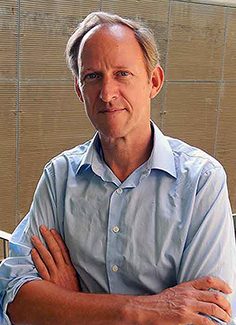
Copyright@ Australian Catholic University 1998-2025 | ABN 15 050 192 660 CRICOS registered provider: 00004G | PRV12008